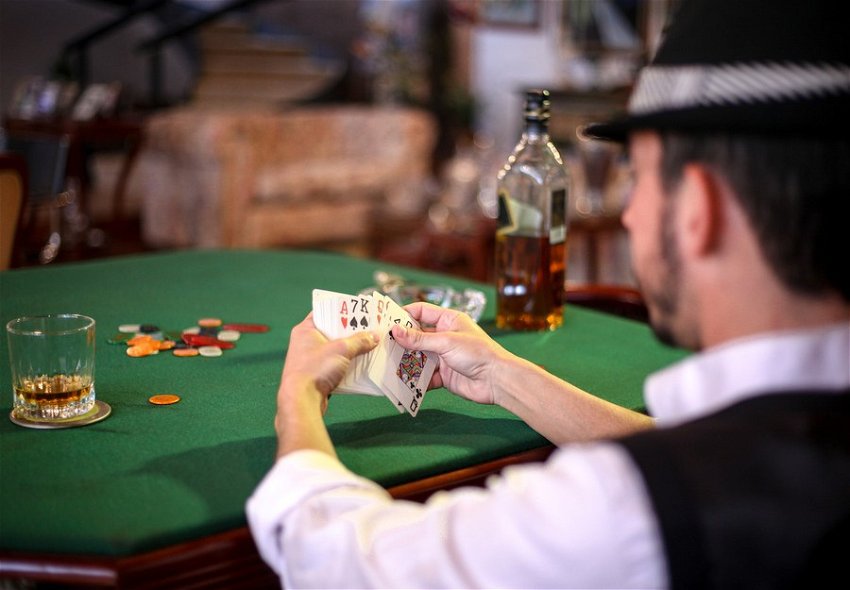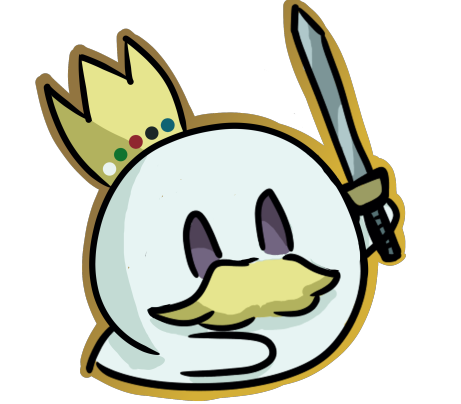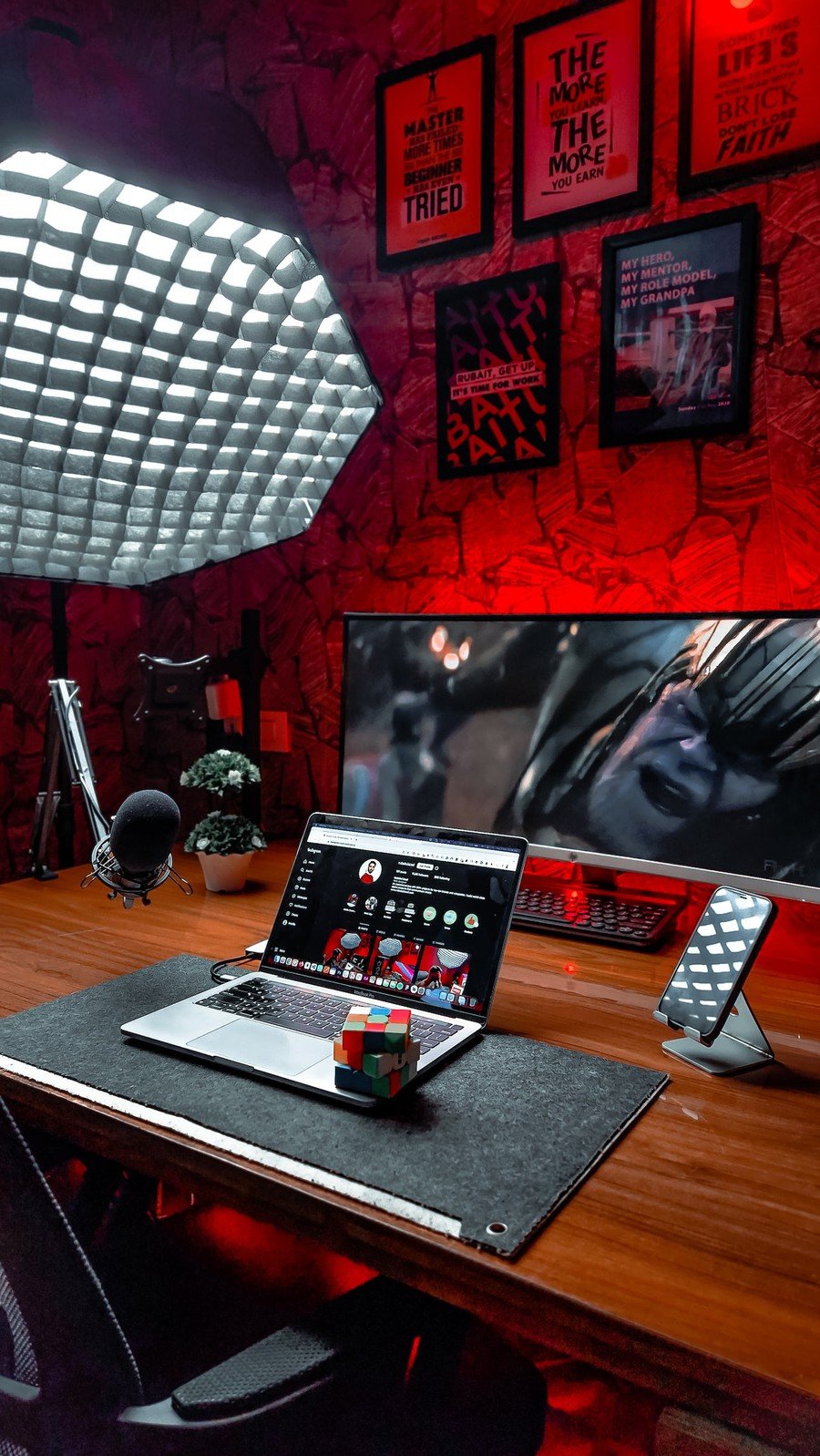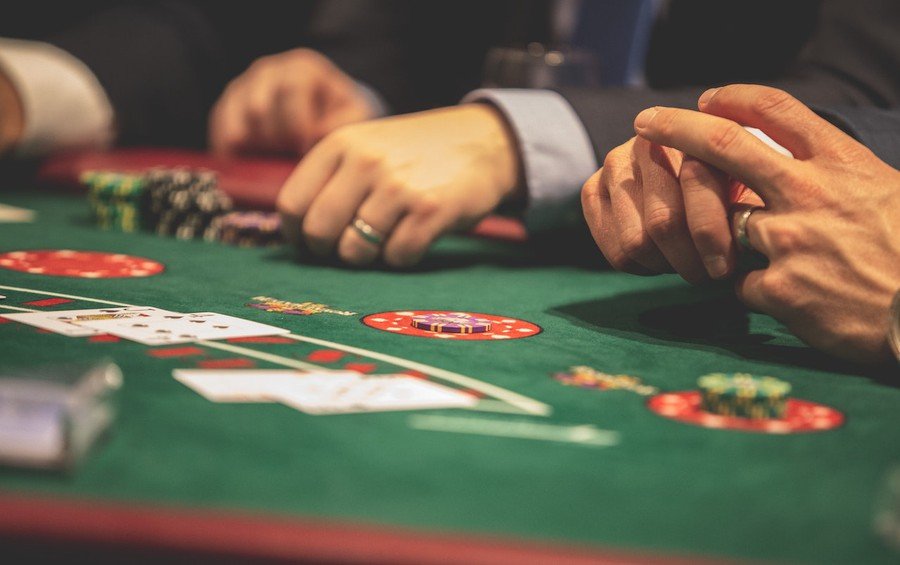As a poker player, knowing the various positions and how to use them to your advantage is significant. Since the button moves frequently, it gives every player the chance to play in all positions. This is important because the one 'in position' is the last to play on every street. Any player 'out of position' must act first according to the game's rules. It is beneficial to act last as you will read other players’ moves and determine when to use your stronger hands. Let's explore the positions at the Poker table.
The Poker Table Positions
The deal in a poker game continually rotates to every player, giving them a chance in each position. Undoubtedly, some positions provide more benefits to the players than others. Listed here are the poker table positions and their advantages and disadvantages.
The Button-Dealer (LP)
In community/flop games like Texas Hold 'em, every player fancies the 'on the button' position. According to expert sources such as https://www.tightpoker.com/poker-strategy-position/, the LP is the best poker position. After the flop in every wagering round, the dealer will play last. This position allows you to check and assess the actions of every player. Your findings will guide you in making the best decision. This benefit will also enable you to play marginal hands.
Early Position (EP)
The early position mainly comprises three seats on the dealer's left side. It is the opposite of the 'on the button' since it is the worst poker position. In the early position, you have no choice but to act first. That means everyone will see how you play. The position is even worse for the player closer to the dealer. The EP doesn't give you a glimpse of how others will play, which is highly disadvantageous. The EP positions include:
• Small Blind (SB): 1st Player at the Button's Left – During the opening round, the player in this position will only act second to last. In other subsequent rounds, the player will play first. This position is the worst because the player will play blindly.
Ad
• Big Blind (BB): Positioned directly to the left of SB – This position gives the player a better place over the SB. The best trick for players in this position is to minimize their loss at all costs.
• Under the Gun (UTG): Positioned Left of the BB – The player in this position is always under intense pressure, especially in games like Texas Hold 'em and Omaha. Before every flop, the UTG player must act first.
Middle Position (MP)
This position is for three players seated at the left of the last EP. It is neither the worst nor the best spot. The MP can see how the EPs play and is only followed by a few contestants. However, you cannot ignore the risks posed in this position. Therefore, it would be best if you always acted with caution.
Late Position (LP)
The button and the two players on the right have the perfect poker position. Their position gives them more insight into how their competitors act. Therefore, they are better placed to fold, bet, raise, or decide to call. If players in other poker positions fail to place a bet in any round, the LP players can place a wager to claim the pot. That is why the LP is also known as the betting position. The two LPs include:
• The Cutoff (CO): Located at the dealer's right – This position allows the player to force the dealer to fold by raising combatively. This trick is known as buying the button.
• The Hijack: Positioned at the right side of the Cutoff – This position earned its name because players can hijack the action of the Cutoff and the Button by taking blinds before them.
Ad
Conclusion
Poker is a strategic game that requires knowledge of your position at the poker table and the opportunities it presents. Once you know the benefits and the downsides of the Button, Early Position, Middle Position, and Late Position, you will be well-placed to implement the right strategy. Using the advantage in every position will make you a successful player at the poker table.





— Comentarios
0Se el primero en comentar